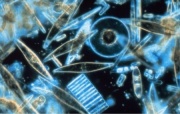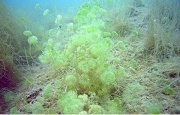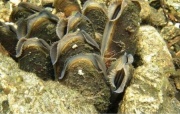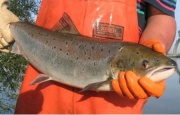BQE
Biological Quality Elements (BQE)
The ecological status of a river can be assessed by evaluating indicators for the composition, abundance, species diversity or absence of various groups of organisms known as “biological quality elements”. Four biological quality elements are used for rivers: algae (phytobenthos), macrophytes, macroinvertebrates and fish.
| Phytoplankton | Macrophytes and phytobenthos | Benthic invertebrates | Fish |
 [1] [1] |
 [2] [2] |
 [3] [3] |
 |
Using biological quality elements as indicators of hydromorphological degradation turns out to remain difficult. Improvements might be possible when using trait-based metrics Trait-based metrics instead of metrics based on species identity. Monitoring needs to be improved too. Nonetheless, unclear relationships between hydromorphological degradation and biota seem inevitable. Therefore REFORM recommends, with the current level of knowledge, using the hydromorphological method directly for ecological class assessment, circumventing the use of biological indicators.
Further reading: REFORM deliverables D3.1, D3.2, D3.3 and D3.4.
References
Images taken from: